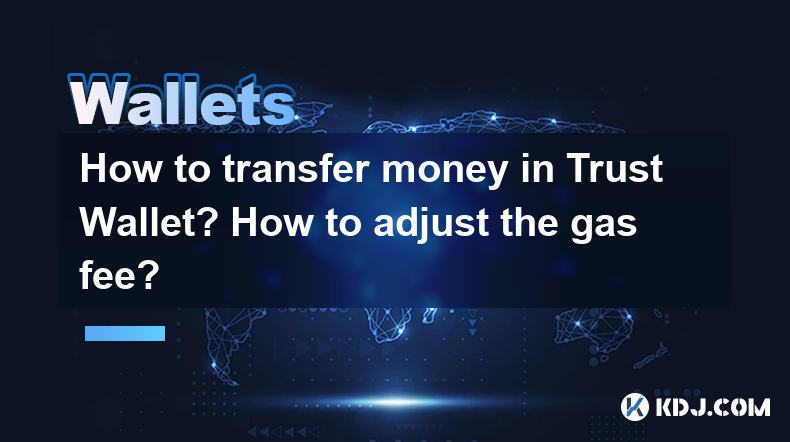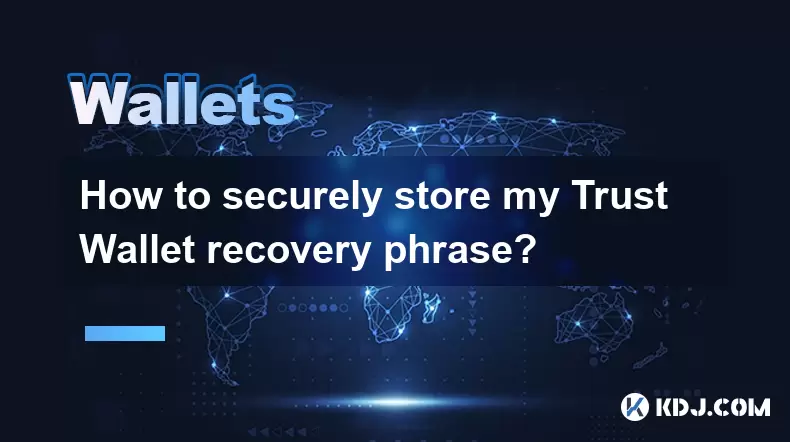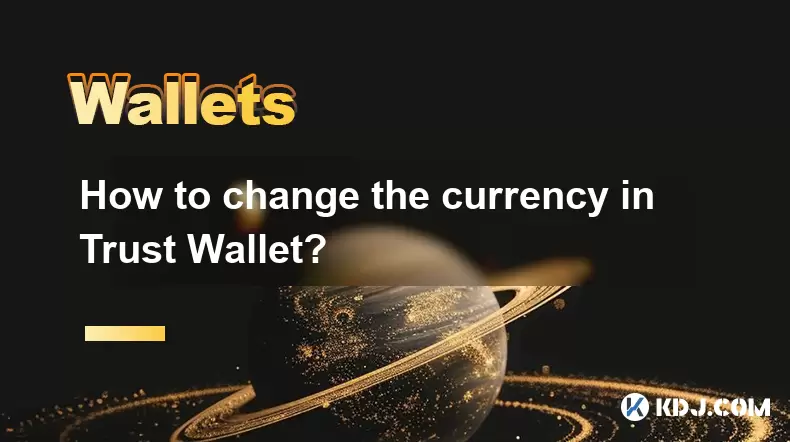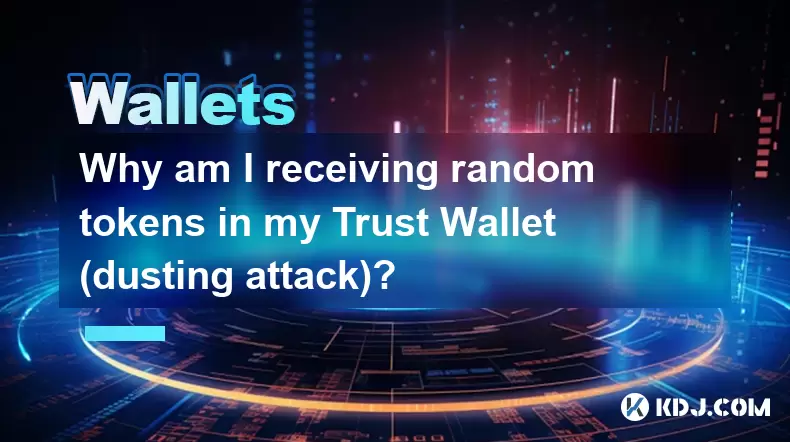-
 Bitcoin
Bitcoin $114200
0.00% -
 Ethereum
Ethereum $3637
0.56% -
 XRP
XRP $2.950
-2.01% -
 Tether USDt
Tether USDt $0.9999
0.02% -
 BNB
BNB $761.0
0.55% -
 Solana
Solana $164.1
-1.38% -
 USDC
USDC $0.9999
0.02% -
 TRON
TRON $0.3332
0.36% -
 Dogecoin
Dogecoin $0.2012
-0.52% -
 Cardano
Cardano $0.7261
-1.41% -
 Hyperliquid
Hyperliquid $37.62
-2.13% -
 Stellar
Stellar $0.3930
-2.65% -
 Sui
Sui $3.441
-0.16% -
 Bitcoin Cash
Bitcoin Cash $563.8
0.70% -
 Chainlink
Chainlink $16.50
0.09% -
 Hedera
Hedera $0.2424
-0.14% -
 Ethena USDe
Ethena USDe $1.001
0.01% -
 Avalanche
Avalanche $22.20
0.00% -
 Litecoin
Litecoin $118.0
-2.48% -
 UNUS SED LEO
UNUS SED LEO $8.991
0.12% -
 Toncoin
Toncoin $3.195
-3.87% -
 Shiba Inu
Shiba Inu $0.00001217
0.12% -
 Uniswap
Uniswap $9.674
-0.21% -
 Polkadot
Polkadot $3.633
1.00% -
 Monero
Monero $295.3
-0.82% -
 Dai
Dai $0.9999
0.00% -
 Bitget Token
Bitget Token $4.321
-0.41% -
 Cronos
Cronos $0.1392
0.73% -
 Pepe
Pepe $0.00001027
-0.89% -
 Aave
Aave $258.5
0.32%
How to transfer money in Trust Wallet? How to adjust the gas fee?
Transfer money in Trust Wallet by selecting crypto, entering recipient's address, setting amount, and optionally adjusting gas fee for optimal transaction speed and cost.
May 04, 2025 at 03:22 pm

How to Transfer Money in Trust Wallet? How to Adjust the Gas Fee?
Trust Wallet is a popular mobile cryptocurrency wallet that allows users to manage a variety of digital assets. Transferring money within Trust Wallet is a straightforward process, but understanding how to adjust the gas fee can be crucial for optimizing transaction costs and speed. This article will guide you through both processes in detail.
Transferring Money in Trust Wallet
To transfer money in Trust Wallet, you need to follow a few simple steps. Here’s how you can do it:
- Open Trust Wallet: Launch the Trust Wallet app on your mobile device.
- Select the Cryptocurrency: On the main screen, tap on the cryptocurrency you want to transfer. This will open the asset's detail page.
- Initiate the Transfer: Tap on the “Send” button. You will be prompted to enter the recipient’s wallet address.
- Enter the Recipient’s Address: Carefully enter the recipient’s wallet address. You can paste it if you have copied it from another source. Double-check the address to avoid sending funds to the wrong wallet.
- Specify the Amount: Enter the amount of cryptocurrency you wish to send. You can choose to send the entire balance or a specific amount.
- Review Transaction Details: Before confirming, review the transaction details, including the recipient’s address and the amount. Make sure everything is correct.
- Adjust the Gas Fee (Optional): If you want to adjust the gas fee, tap on the “Gas” or “Network Fee” section. We will cover how to adjust the gas fee in detail in the next section.
- Confirm and Send: Once you are satisfied with the details, tap on “Send” to initiate the transaction. You may be prompted to enter your wallet password or use biometric authentication to confirm the transaction.
After confirming the transaction, you will receive a transaction hash that you can use to track the status of your transfer on a blockchain explorer.
Understanding Gas Fees
Gas fees are transaction fees that are paid to miners on the Ethereum network (and other similar networks) for processing and validating transactions. The gas fee is crucial because it determines how quickly your transaction will be processed and confirmed on the blockchain.
Adjusting the Gas Fee in Trust Wallet
Adjusting the gas fee in Trust Wallet can help you optimize your transaction costs and speed. Here’s how you can do it:
- Access the Gas Fee Settings: When you are on the transaction screen, tap on the “Gas” or “Network Fee” section. This will open the gas fee settings.
- View Gas Fee Options: You will see different gas fee options, typically categorized as “Slow,” “Average,” and “Fast.” Each option corresponds to a different level of priority and cost.
- Select the Desired Option: Choose the gas fee option that suits your needs. If you want your transaction to be processed quickly, select the “Fast” option. If you are not in a hurry, you can choose “Slow” to save on fees.
- Customize the Gas Fee (Advanced): For more control, you can tap on “Custom” to manually set the gas price and gas limit. The gas price is the amount you are willing to pay per unit of gas, while the gas limit is the maximum amount of gas you are willing to use for the transaction.
- Set the Gas Price: Enter the gas price you want to use. A higher gas price will incentivize miners to prioritize your transaction.
- Set the Gas Limit: Enter the gas limit. This is the maximum amount of gas your transaction is allowed to use. Setting it too low can cause the transaction to fail, while setting it too high can result in paying more than necessary.
- Confirm the Gas Fee: After setting your desired gas fee, review the total transaction cost and confirm it. The app will calculate the total fee based on the gas price and gas limit you have set.
- Finalize the Transaction: Once you are satisfied with the gas fee settings, proceed to confirm and send the transaction as described in the previous section.
Factors Affecting Gas Fees
Several factors can influence the gas fees you need to pay:
- Network Congestion: During periods of high network activity, gas fees tend to be higher because more users are competing for miners’ attention.
- Transaction Complexity: More complex transactions, such as those involving smart contracts, may require higher gas limits and, consequently, higher fees.
- Priority: If you want your transaction to be processed quickly, you will need to pay a higher gas fee to incentivize miners to prioritize it.
Best Practices for Managing Gas Fees
To manage gas fees effectively, consider the following best practices:
- Monitor Network Conditions: Keep an eye on the current state of the network. Tools like Etherscan can provide real-time data on gas prices and network congestion.
- Plan Your Transactions: If possible, plan your transactions during periods of lower network activity to take advantage of lower gas fees.
- Use Gas Fee Estimators: Many wallets and online tools offer gas fee estimators that can help you determine the optimal gas fee for your transaction based on current network conditions.
- Understand Your Transaction: Be aware of the complexity of your transaction. Simple transfers usually require less gas than interactions with smart contracts.
Common Issues and Solutions
Sometimes, you may encounter issues when transferring money or adjusting gas fees in Trust Wallet. Here are some common problems and their solutions:
- Transaction Stuck: If your transaction is stuck due to a low gas fee, you can try speeding it up by sending a replacement transaction with a higher gas fee. Trust Wallet allows you to do this by selecting “Speed Up” or “Cancel” on the transaction detail page.
- Insufficient Gas: If your transaction fails due to insufficient gas, review and increase the gas limit before resending the transaction.
- Incorrect Gas Fee: If you accidentally set the gas fee too high, you can’t lower it after sending the transaction. However, you can wait for the transaction to be processed or cancel it and resend it with a lower fee.
Frequently Asked Questions
Q: Can I transfer money from Trust Wallet to another wallet like MetaMask?
A: Yes, you can transfer money from Trust Wallet to other wallets like MetaMask. Simply enter the recipient’s wallet address in Trust Wallet and follow the steps outlined above. Ensure that the recipient’s wallet supports the cryptocurrency you are sending.
Q: Is it possible to adjust the gas fee after sending a transaction?
A: Once a transaction is sent, you cannot adjust the gas fee directly. However, if the transaction is stuck, you can send a replacement transaction with a higher gas fee to speed it up or cancel it.
Q: How can I estimate the gas fee before sending a transaction?
A: Many blockchain explorers and wallet apps, including Trust Wallet, provide gas fee estimators. These tools analyze current network conditions to suggest an appropriate gas fee for your transaction.
Q: What happens if I set the gas limit too low?
A: If you set the gas limit too low, your transaction may fail because it does not have enough gas to complete. In this case, you will need to resend the transaction with a higher gas limit.
Disclaimer:info@kdj.com
The information provided is not trading advice. kdj.com does not assume any responsibility for any investments made based on the information provided in this article. Cryptocurrencies are highly volatile and it is highly recommended that you invest with caution after thorough research!
If you believe that the content used on this website infringes your copyright, please contact us immediately (info@kdj.com) and we will delete it promptly.
- BONK, PENGU, and Cold Wallet: What's Hot and What's Not in Crypto Right Now
- 2025-08-07 00:30:32
- Mantle Rockets, WeWake Presale: Chasing 100x Potential in Web3
- 2025-08-07 01:13:45
- Solana Price and the Rise of Remittix: Revolutionizing Crypto Payments
- 2025-08-07 01:13:45
- BlockSack (BSACK): The Base Meme Coin Taking Over the Chain
- 2025-08-07 00:30:32
- Ethereum, Transaction Volumes, and SEC Staking: Navigating the Regulatory Landscape
- 2025-08-06 22:30:13
- Crypto, Tokens, and Metrics: Navigating the New Frontier
- 2025-08-06 23:09:22
Related knowledge

How to add TRC20 token to Trust Wallet?
Aug 04,2025 at 11:35am
Understanding TRC20 and Trust Wallet CompatibilityTrust Wallet is a widely used cryptocurrency wallet that supports multiple blockchain networks, incl...

How to securely store my Trust Wallet recovery phrase?
Aug 06,2025 at 07:14am
Understanding the Importance of Your Trust Wallet Recovery PhraseYour Trust Wallet recovery phrase, also known as a seed phrase or mnemonic phrase, is...

How to change the currency in Trust Wallet?
Aug 06,2025 at 07:14pm
Understanding Currency Display in Trust WalletTrust Wallet does not allow users to change the base currency used for valuation in the same way traditi...

Why am I receiving random tokens in my Trust Wallet (dusting attack)?
Aug 06,2025 at 10:57am
What Is a Dusting Attack in the Cryptocurrency Space?A dusting attack occurs when malicious actors send minuscule amounts of cryptocurrency—often frac...

What is a watch-only wallet in Trust Wallet?
Aug 02,2025 at 03:36am
Understanding the Concept of a Watch-Only WalletA watch-only wallet in Trust Wallet allows users to monitor a cryptocurrency address without having ac...

Why can't I connect my Trust Wallet to a DApp?
Aug 04,2025 at 12:00pm
Understanding DApp Connectivity and Trust WalletConnecting your Trust Wallet to a decentralized application (DApp) is a common process in the cryptocu...

How to add TRC20 token to Trust Wallet?
Aug 04,2025 at 11:35am
Understanding TRC20 and Trust Wallet CompatibilityTrust Wallet is a widely used cryptocurrency wallet that supports multiple blockchain networks, incl...

How to securely store my Trust Wallet recovery phrase?
Aug 06,2025 at 07:14am
Understanding the Importance of Your Trust Wallet Recovery PhraseYour Trust Wallet recovery phrase, also known as a seed phrase or mnemonic phrase, is...

How to change the currency in Trust Wallet?
Aug 06,2025 at 07:14pm
Understanding Currency Display in Trust WalletTrust Wallet does not allow users to change the base currency used for valuation in the same way traditi...

Why am I receiving random tokens in my Trust Wallet (dusting attack)?
Aug 06,2025 at 10:57am
What Is a Dusting Attack in the Cryptocurrency Space?A dusting attack occurs when malicious actors send minuscule amounts of cryptocurrency—often frac...

What is a watch-only wallet in Trust Wallet?
Aug 02,2025 at 03:36am
Understanding the Concept of a Watch-Only WalletA watch-only wallet in Trust Wallet allows users to monitor a cryptocurrency address without having ac...

Why can't I connect my Trust Wallet to a DApp?
Aug 04,2025 at 12:00pm
Understanding DApp Connectivity and Trust WalletConnecting your Trust Wallet to a decentralized application (DApp) is a common process in the cryptocu...
See all articles

























































































